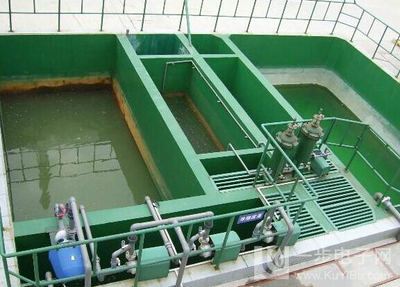The difference between anions and cations of polyacrylamide is mainly reflected in the following aspects:
1. Charge properties: Anionic polyacrylamide carries a negative charge, while cationic polyacrylamide carries a positive charge.
2. Coordination structure and ion exchange capacity: Anionic polyacrylamide has a higher coordination structure and lower ion exchange capacity, while cationic polyacrylamide, on the contrary, has a higher ion exchange capacity.
3. Application areas: Anionic polyacrylamide is mainly used in water treatment, pulp and textile fields, while cationic polyacrylamide is mainly used in solid phase extraction and catalysis. Specifically, anionic polyacrylamide is mainly used as a sewage treatment flocculant to treat inorganic wastewater, such as coal mine wastewater, sand washing plant, coal washing plant, steel wastewater treatment, etc. It can also be used as a thickener in the manufacture of coating latex paint. Cationic polyacrylamide is mainly used to treat organic wastewater, such as food factory wastewater, slaughterhouse wastewater, sugar wastewater, urban sewage treatment, etc., and can also be used as a sludge dehydrating agent.
4. Molecular weight: The molecular weight of anionic polyacrylamide ranges from 4 million to 25 million, and the molecular weight of cationic polyacrylamide ranges from 6 million to 12 million.
In addition, the two are slightly different in appearance. Polyacrylamide has two types: dry powder and emulsion. The appearance of dry powder anions and cations cannot be distinguished, both are white particles; but the emulsion products are slightly different. The anionic emulsion is whitish, while the cationic emulsion is light blue.
In general, there are significant differences between polyacrylamide anions and cations in terms of charge properties, coordination structure and ion exchange capacity, application areas, and molecular weight.



